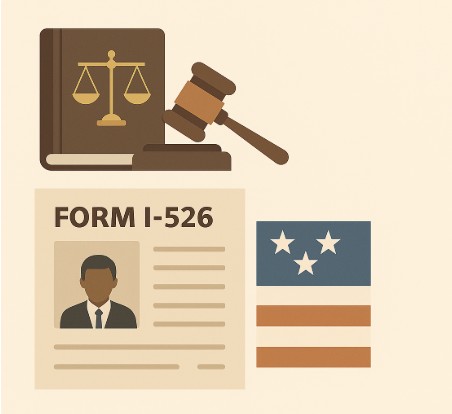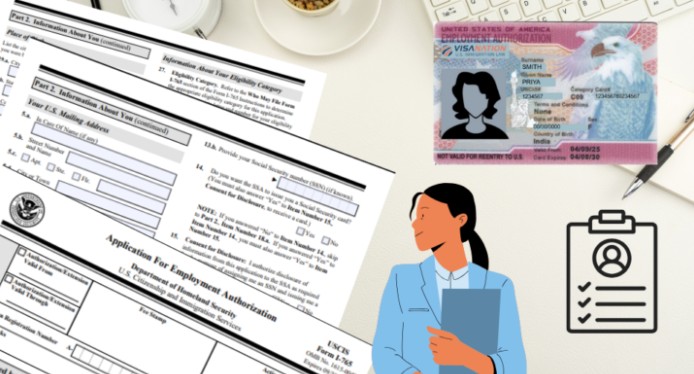Vietnam is open for business! “It is great to be back. Ho Chi Minh City seems back to its normal self; full of energy and excitement and opportunity for Vietnamese” says David Enterline, Esq., of Enterline and Partners Consulting, who returned after almost two years of COVID induced absence to







